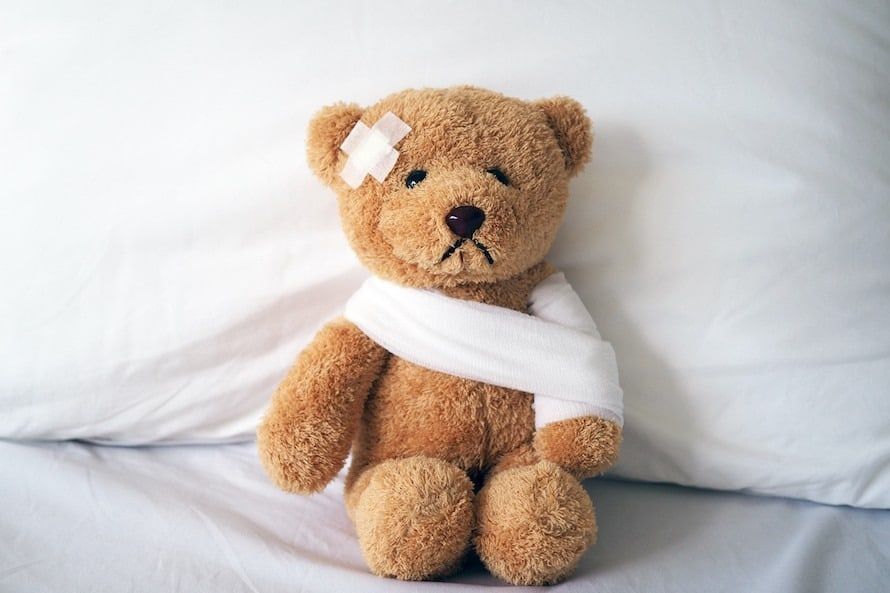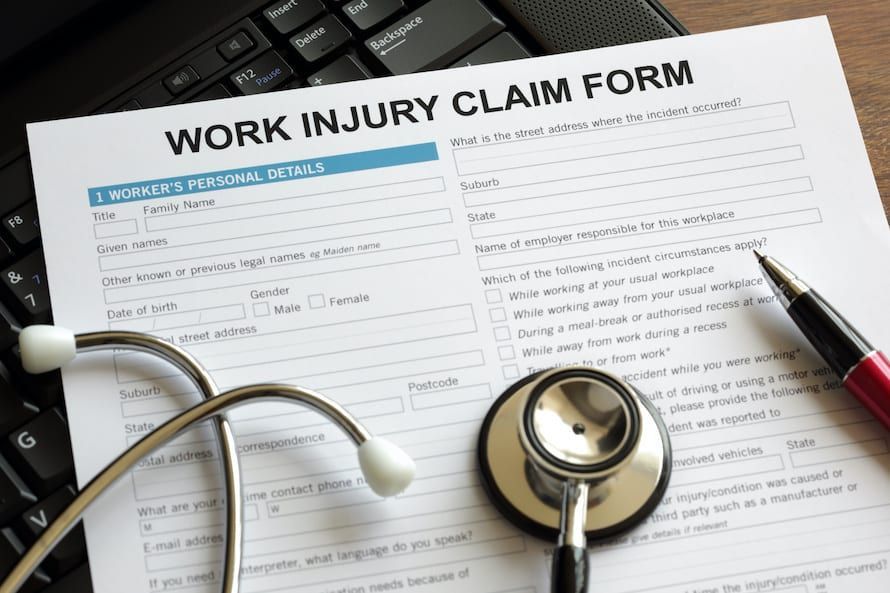NEWS
Of Clark and Cornett

If you suffer from a disability that has rendered you unable to work anymore, you will likely need to file a claim with the Social Security Administration for disability benefits. This can be a very scary time in one’s life. How are you going to make the mortgage payments? How are you going to pay [...]
The post The Importance Of Having A Lawyer For Your Disabilitly Claim appeared first on .

If you have been hurt in a workplace accident and are temporarily unable to return to your job, you should receive temporary total disability benefits. Kentucky statutory law defines temporary total disability as “the condition of an employee who has not reached maximum medical improvement from an injury and has not reached a level of [...]
The post KY Workers’ Comp Temporary Total Disability Benefits Explained appeared first on .

Members of the Kentucky Public Pensions plan who receive disability benefits from the Kentucky Public Pensions Authority (KPPA) can have their disability benefits discontinued. The KPPA contracts with a Managed Medical Review Organization (MMRO) for the administration of disability retirement claims. The MMRO sometimes contacts members to determine if they still meet the requirements for [...]
The post Appealing a Denial of Benefits by the Kentucky Public Pensions Authority appeared first on .

We help children with personal injuries recover compensation for their injuries, and we also help protect the funds that they recover. We do this by creating a Conservatorship for the injured minor that is overseen by the Court. Specifically, we ask the Court to appoint someone, usually a parent, to serve as the Conservator for the injured child. The Conservator manages the funds recovered in the personal injury action until the child reaches the age of majority.

Many manufacturing, construction, retail, and entertainment industries rely on scissor lifts to raise and move workers to different areas during a construction job or other project. When scissor lifts are stationary and extended, they pose hazards similar to scaffolding. Prompted by ten fatalities and over twenty injuries in the span of one year, the Occupational Safety and Health Administration conducted an investigation and found that the injuries and deaths most frequently occurred due to safety failures by the employer. Even with proper training, maintenance and use, some scissor lifts can collapse due to manufacturing defects. At Clark and Cornett, we have extensive experience investigating and litigating claims against manufacturers of deficient scissor lifts. Employers are responsible for providing workers with instructions on how to work safely on, with and near scissor lifts. Workers must be told how to handle supplies while on a scissor lift. They should also be trained in how to respond to hazards that they encounter around the worksite, such as electrical wires. Workers also should be taught how to report equipment defects and how to make maintenance requests. To avoid scissor lift injuries from falling, there must be guardrails installed on the machine. To ensure stabilization, guidelines for safe movement must be provided. Safety systems to prevent the lift from collapsing need to be maintained and not bypassed. Workers are entitled to worker conditions that do not pose the threat of serious harm. They have the right to receive training and information regarding workplace dangers, how to prevent them, and applicable OSHA standards. At Clark and Cornett, we focus our practice on workplace injuries, including workers’ compensation injuries from scissor lift accidents. We also have extensive litigation experience regarding scissor lift defects from improper design and improper manufacturing. Collectively, our attorneys have over 80 years of experience in fighting for the rights of our clients. We listen to the needs of each client and strive to achieve the resolution they desire. We are located in Lexington, KY and proudly serve Central and Eastern Kentucky. Due to our focused experience with scissor lift injuries, we also help law firms in other jurisdictions with these cases. Call us today at (859) 219-1280 to discuss your legal options.

